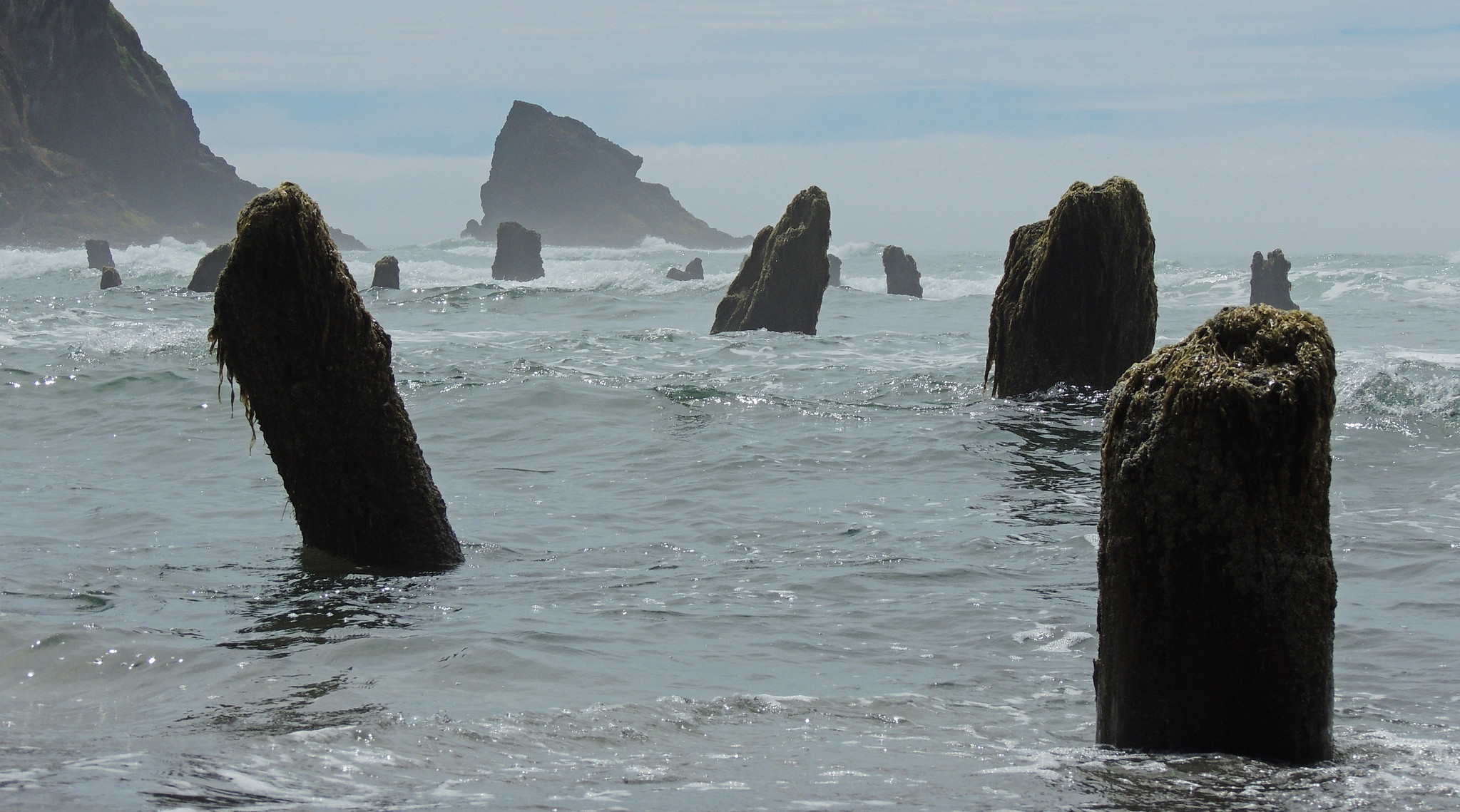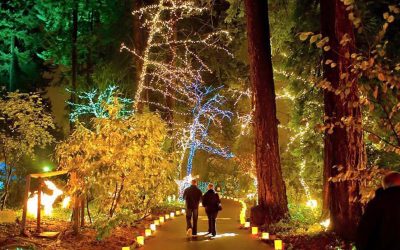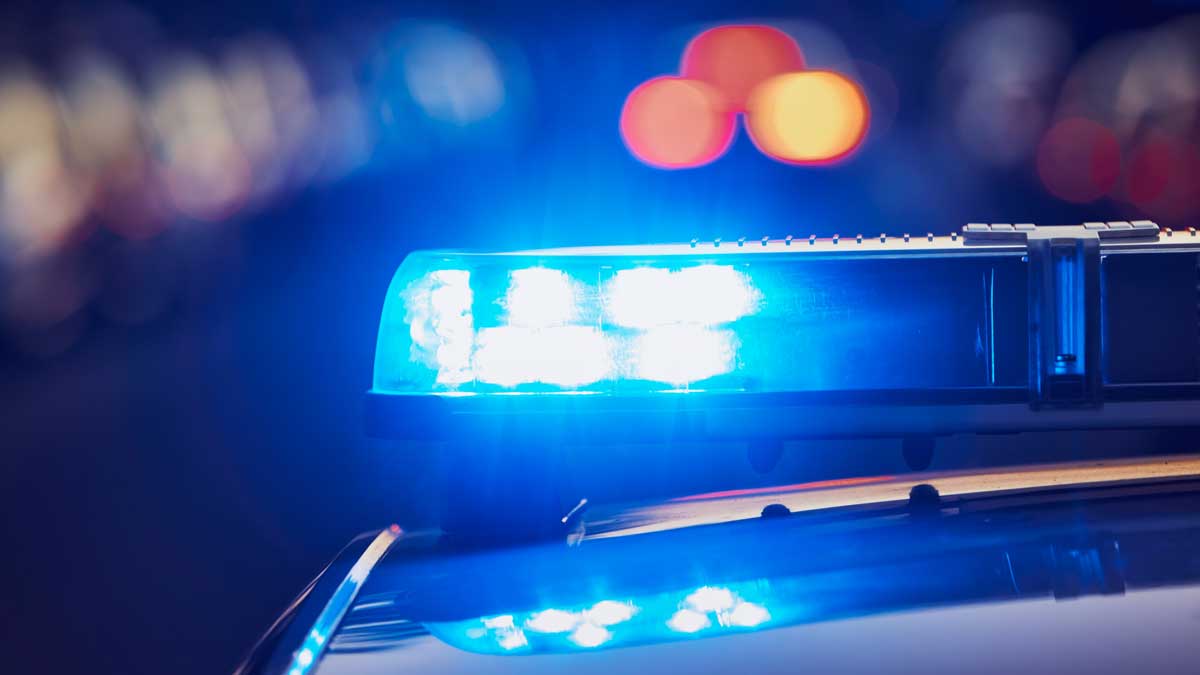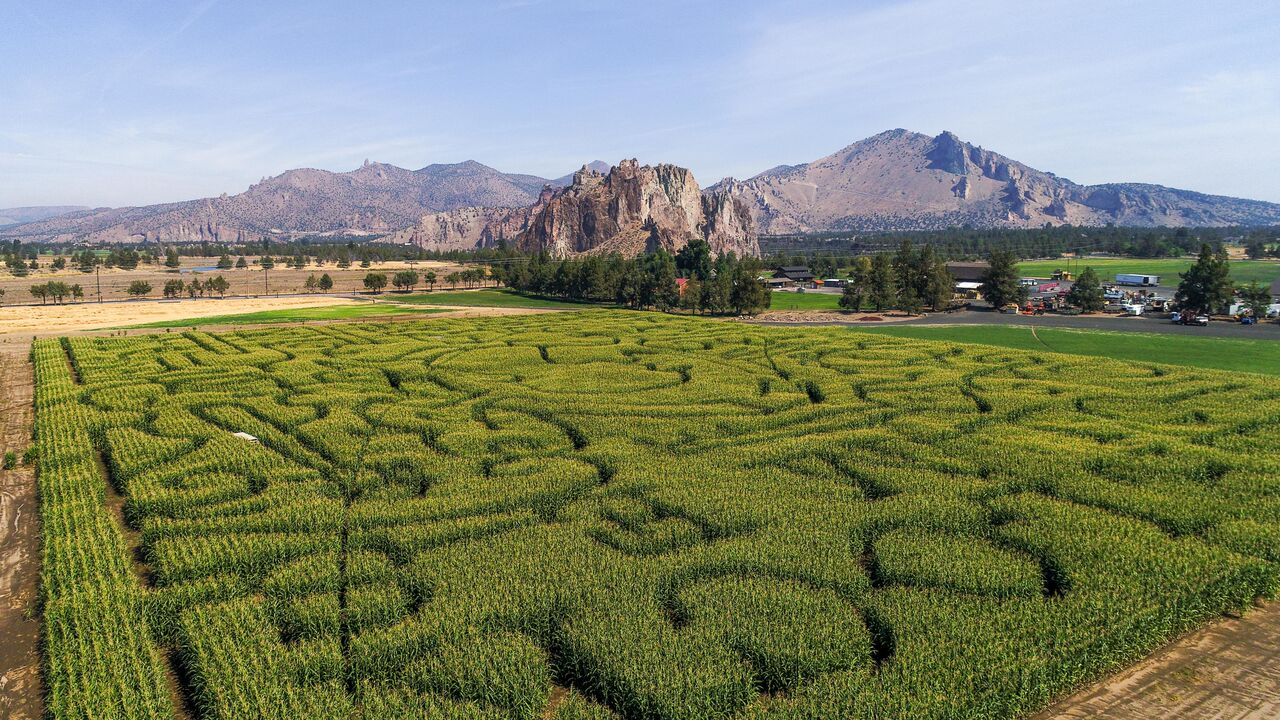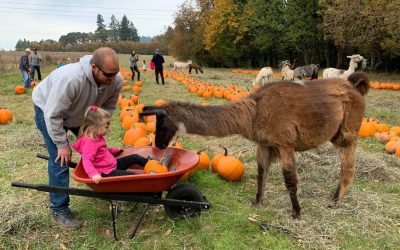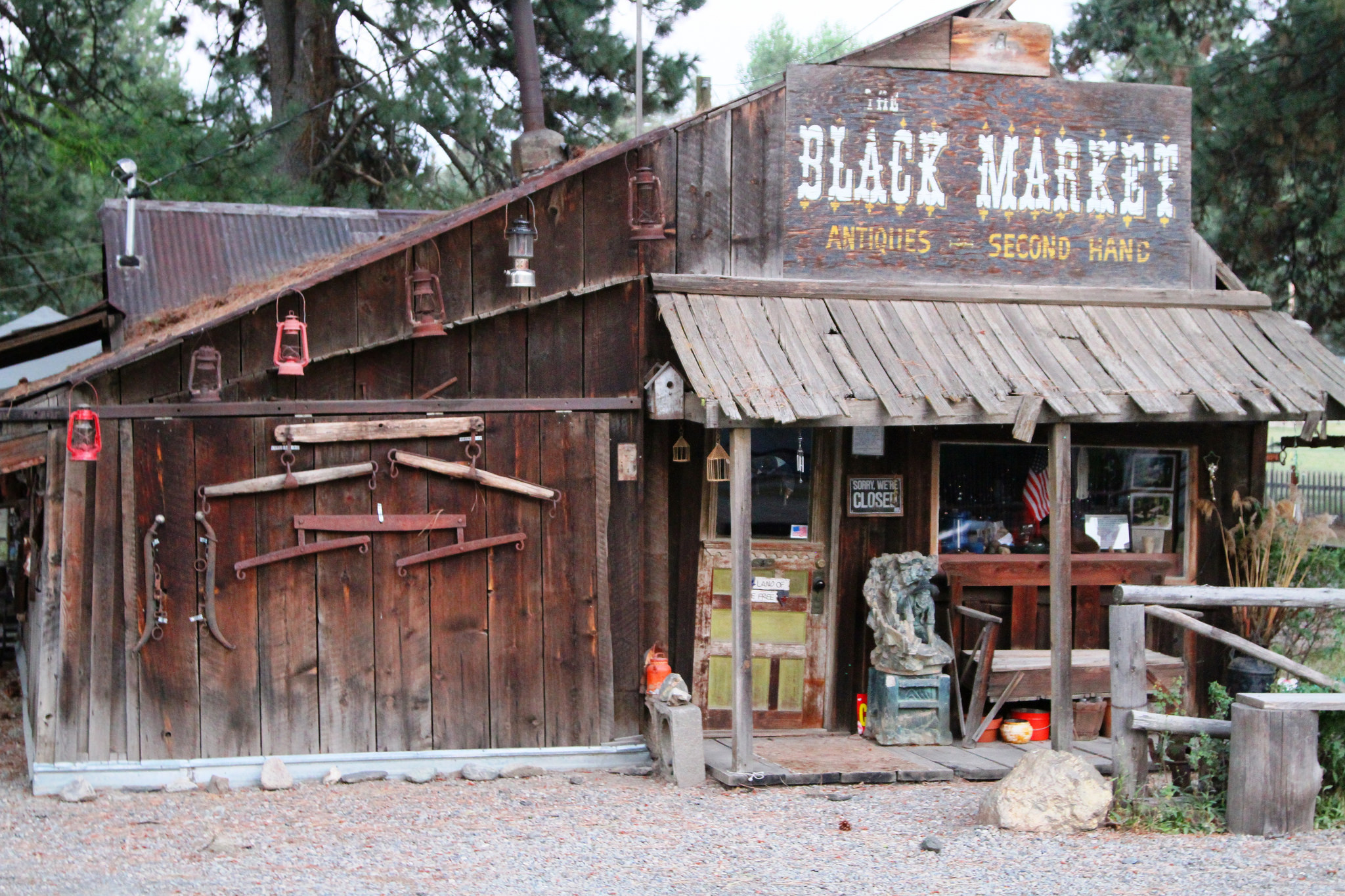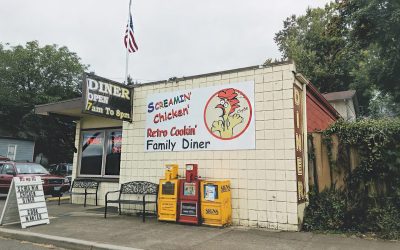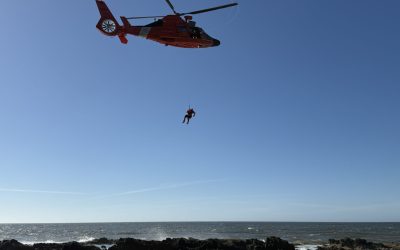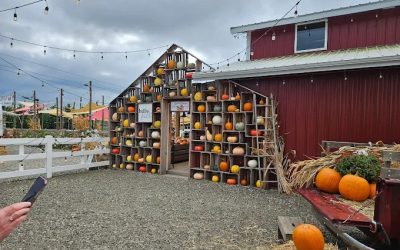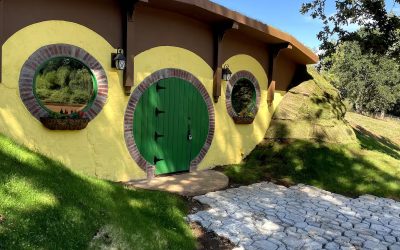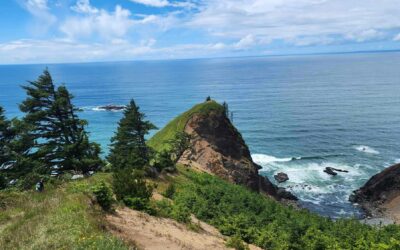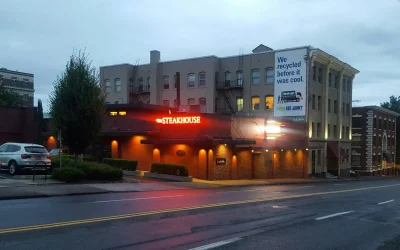Imagine a dark winter night in the Pacific Northwest. The ground beneath your feet begins to tremble, slowly at first, then violently. Trees sway and snap like matchsticks. The ocean retreats, revealing a seafloor few have ever seen. Moments later, a massive wall of water rushes ashore, swallowing villages and forests alike. This isn't a work of fiction—it’s the story of the Cascadia earthquake of 1700, an event so powerful it reshaped the land and lives of all who encountered it.
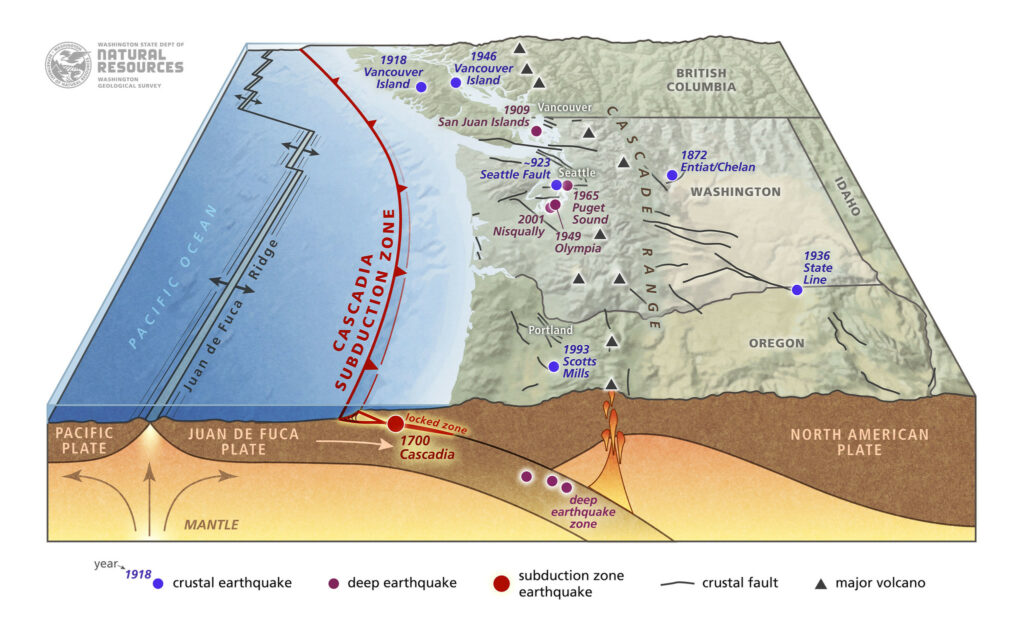
The Cascadia subduction zone, a 600-mile fault line stretching from northern California to British Columbia, is one of the most dangerous seismic regions in the world. On January 26, 1700, this fault ruptured in a megathrust earthquake with a magnitude estimated at 8.7–9.2. The quake shook the Pacific Northwest with catastrophic force and triggered a massive tsunami that traveled across the Pacific Ocean to Japan.
A Forgotten Disaster Unearthed by Science
For centuries, the Cascadia earthquake was lost to time, existing only in fragments of Native American oral histories. The world rediscovered it through the meticulous work of geologists and historians. Evidence came in many forms: coastal subsidence visible in the "ghost forests" of drowned trees, layers of tsunami deposits in sediment cores, and written accounts of an "orphan tsunami" that struck Japan with no accompanying quake.
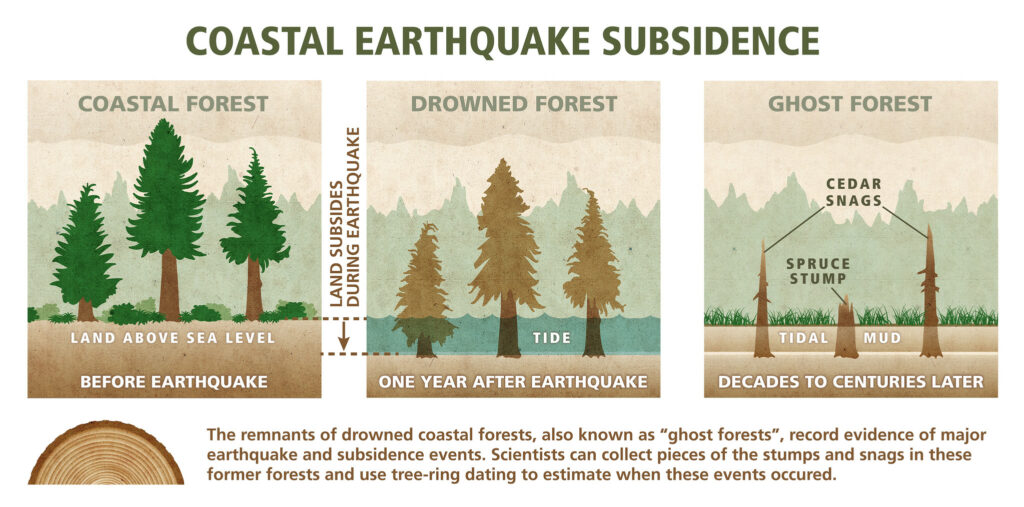
Ghost forests, like the one located on the Copalis River on Washington's Olympic Peninsula, are haunting remnants of the quake’s power. These forests consist of cedar trees that were abruptly killed when the earthquake caused coastal land to sink, flooding the roots with saltwater. Dendrochronology, the study of tree rings, revealed that these trees died around 1700. Oregon's most well-known Ghost Forest at Neskowin contains Sitka Spruce trunks, remnants of an older Cascadia quake that occurred over 2000 years ago.
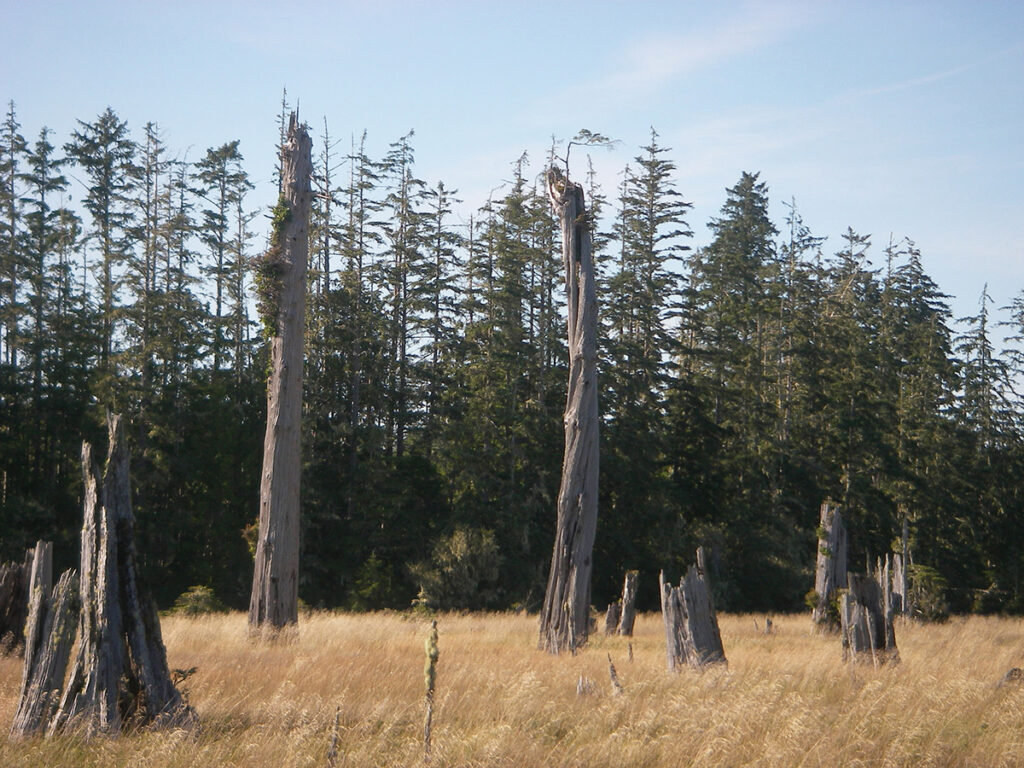
Meanwhile, in Japan, villagers, merchants, and samurai scribes recorded a mysterious tsunami with no accompanying earthquake that struck coastal villages, washing away homes and farmland on January 27 and 28, 1700 AD. By cross-referencing these Japanese records with geological evidence, scientists pinpointed the exact date and magnitude of the Cascadia earthquake on January 26.
Do you love Oregon?
Sign up for monthly emails full of local travel inspiration and fun trip ideas. In each newsletter we'll share upcoming events, new things to do, hot dining spots and great travel ideas.
Tsunami is a Japanese word that appropriately translates to "harbor wave".
Indigenous Stories Offer Warnings from the Past
Native American oral traditions preserve vivid memories of the Cascadia earthquake and tsunami. Tribes like the Quileute and Makah describe "the night the ground shook" and the ensuing floodwaters that transformed their lands. These stories were not mere myths—they were survival tools, warning future generations of the risks posed by the earth and sea.
Oral traditions of two-headed serpents and epic battles between Thunderbird and Whale, common among PNW native tribes, have their roots in our region’s earthquake history.

One tale from the Huu-ay-aht First Nation on Vancouver Island recounts how their ancestors fled to higher ground after witnessing strange behavior in the ocean. Similarly, the Yurok people of northern California have long shared stories of a great wave that wiped out entire villages. These narratives underscore the deep connection between Indigenous peoples and their environment, as well as their ability to adapt to natural hazards.
How Did The Quake Affect Oregon?
In Oregon, the tsunami inundated low-lying coastal areas, erasing ancient forests, reshaping river mouths, and flooding estuaries. Evidence of this catastrophic event can still be seen today in the ghost forests along the coast—skeletal remains of trees submerged in saltwater, their death marked in 1700. Native American oral histories from coastal tribes like the Tillamook and Coos describe the ground shaking violently, followed by a roaring wall of water that swept away villages and changed the landscape forever.
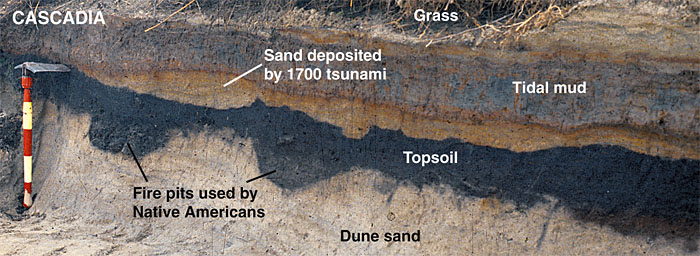
At Schooner Creek Wayside, south of Lincoln City, a historical marker records information about the quake's effects on Siletz Bay: "From northern California to British Columbia the ocean floor heaved upward approximately 20 feet, and within 10-20 minutes a giant wave 30-40 feet high reached the shore. The wave probably struck this beach 22 minutes after the earthquake and fully inundated the coast in about 30-35 minutes. Devastating waves from this event continued to strike the entire coastline for several hours, flooding beaches, bays, tidal channels, and marshes."
The Cascadia Subduction Zone Is A Ticking Time Bomb
While the 1700 earthquake was devastating, its legacy lies in what it teaches us about the future. The Cascadia subduction zone remains highly active, with tectonic plates locked in a slow-motion collision beneath the Pacific Ocean. Scientists estimate there is a 10–37% chance of another massive earthquake in the next 50 years.
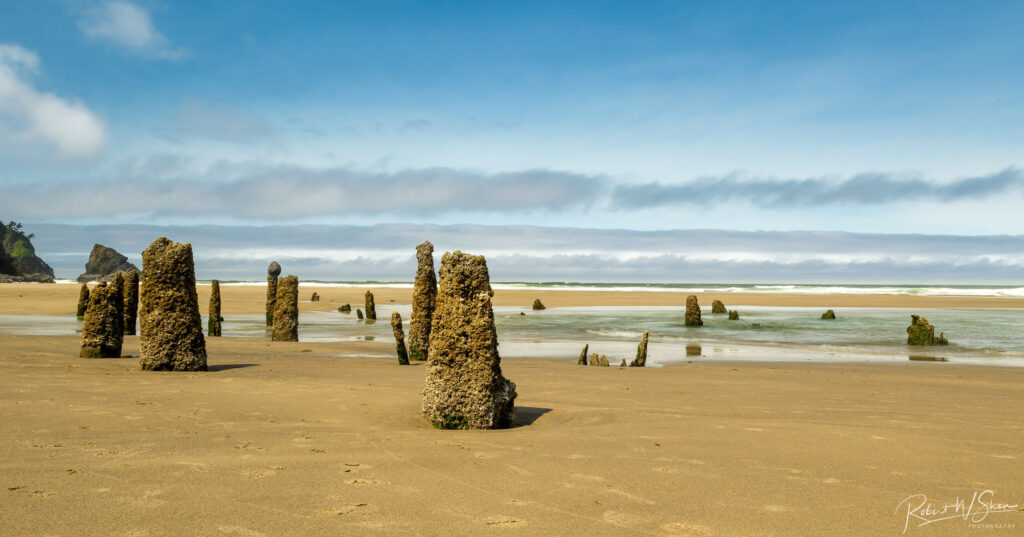
If such an event were to occur today, the consequences would be catastrophic. The Pacific Northwest is home to millions of people and critical infrastructure, including Seattle, Portland, and Vancouver. A repeat of the 1700 quake could produce ground shaking strong enough to collapse buildings and bridges, while the ensuing tsunami could inundate coastal cities within minutes. Modern simulations predict waves as high as 100 feet in some areas, making disaster preparedness essential.
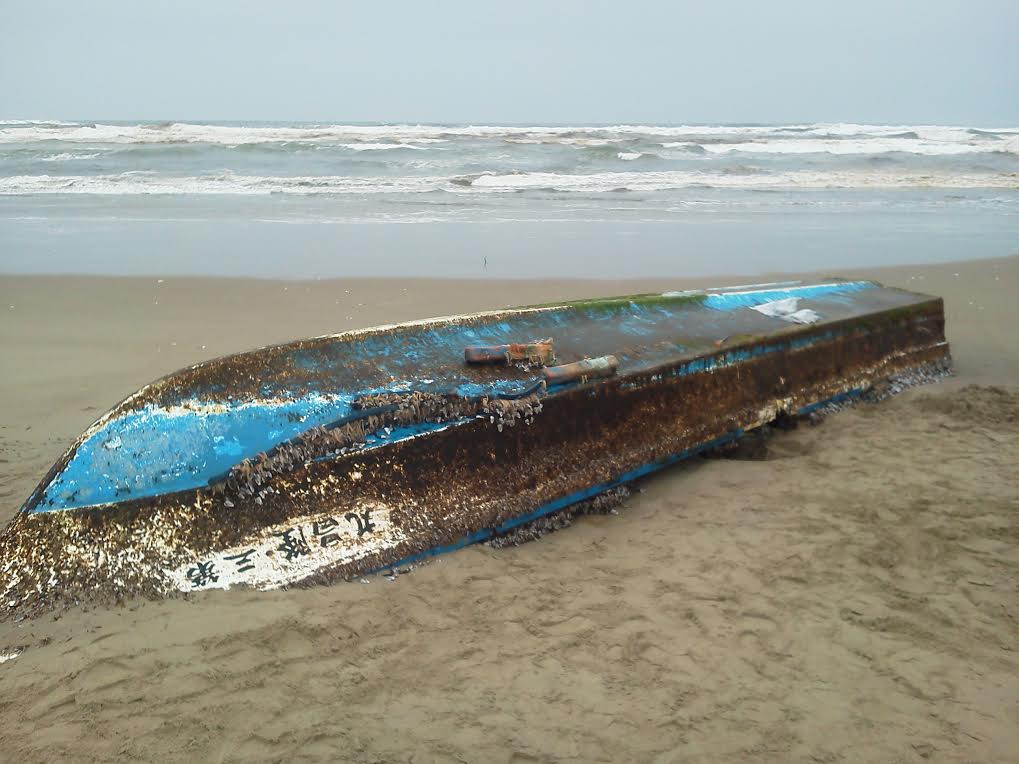
Honoring the Past While Protecting Our Future
The Cascadia earthquake of 1700 wasn’t just a disaster—it was a teacher. Its echoes resonate through time, offering lessons encoded in drowned forests, ancient sediments, and Indigenous stories. Today, science and tradition combine to paint a vivid picture of what happened and what lies ahead. As the tectonic plates beneath us strain against each other, the question isn’t if another massive earthquake will strike—it’s when. By looking to the past and preparing for the future, we can protect what we hold most dear when the sleeping giant reawakens.
Sources:
- e-education.psu.edu - The 1700 Cascadia Megathrust Earthquake and the Future
- ncei.noaa.gov - On This Day: 2011 Tohoku Earthquake and Tsunami
- en.wikipedia.org - 1700 Cascadia earthquake
- calacademy.org - Anatomy of an Earthquake
- britannica.com - Japan earthquake and tsunami of 2011
- ohsu.edu - Dating_the_1700_Cascadia_Earthquake_Great_Coastal

